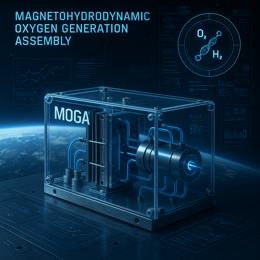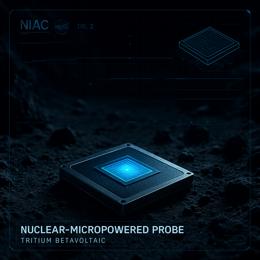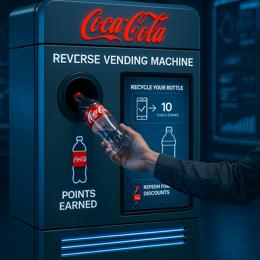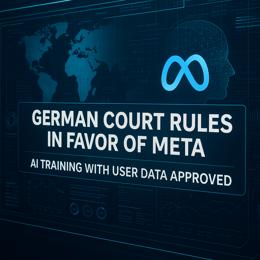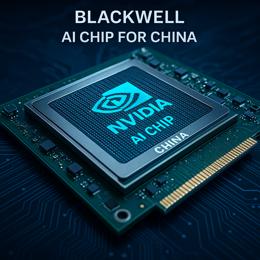Image created by AI
MLCommons Unveils New AI Benchmark Tests Highlighting Speed and Efficiency
In a significant advancement for artificial intelligence (AI) measurement, MLCommons, the AI benchmarking authority, has introduced a new set of benchmarks that assess the responsiveness of leading-edge AI hardware when running sophisticated applications. These benchmarks are of particular interest as they simulate real-world usage where AI models are required to generate quick responses to user queries, a crucial element for user experience in AI-driven platforms like ChatGPT.
The newly added benchmarks specifically gauge the ability of AI chips and systems to generate rapid responses from complex AI models that are densely packed with data. This evaluation is particularly relevant for large-scale language models as well as emerging multimodal AI applications.
One of these is the Llama 2 benchmark, which inspects the swiftness of a question-and-answer scenario, potentially transforming our understanding of large language models' performance dynamics. With a staggering 70-billion parameters, Llama 2 was crafted by Meta Platforms and represents one of the most authoritative tests for processing power in AI language tasks today.
MLCommons has also expanded its MLPerf benchmark suite with a second text-to-image generator benchmark based on Stability AI's Stable Diffusion XL model, which is designed to assess the performance of AI systems in generating accurate and high-quality images from textual descriptions.
In the latest round of tests, servers equipped with Nvidia's H100 chips were at the forefront, demonstrating formidable raw performance. These servers, manufactured by industry giants such as Google, Supermicro, and Nvidia themselves, set a new standard for AI computational power.
The spotlight, however, wasn't solely on Nvidia. Server builder Krai entered the fray with a design that leverages a Qualcomm AI chip for the image generation benchmark. Notably, this chip has proven to draw less power than Nvidia’s top-tier processors, positioning Krai's submission as a noteworthy contender in energy efficiency.
Moreover, Intel's participation, featuring its Gaudi2 accelerator chips, resulted in what the company labeled as "solid" outcomes, marking another important competitor in the landscape of AI hardware design.
Raw performance stands among the key metrics in the AI industry, yet it is not the only concern. Power consumption is of paramount importance, given the substantial energy draw of advanced AI chips. Striking the right balance between high performance and energy efficiency is an ongoing challenge for AI companies seeking to deploy sustainable and cost-effective solutions.
Addressing this critical aspect, MLCommons offers a separate benchmark for measuring power consumption, ensuring a holistic understanding of the hardware’s utility; a move that is seen vital for the future orientation of AI infrastructure design and deployment.
In sum, this latest development from MLCommons hauls AI benchmarking into a new era where both speed and efficiency are measured with greater scrutiny. These benchmarks are expected to drive innovation in AI hardware, fostering advancements that will be felt across industries relying on rapid and intelligent data processing.


